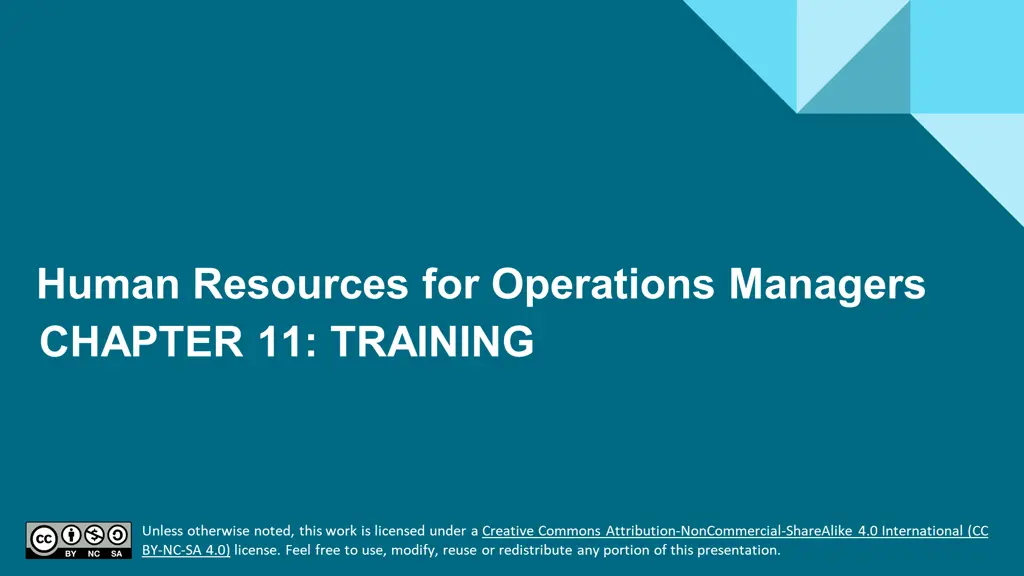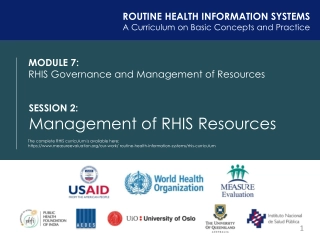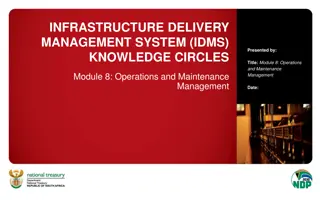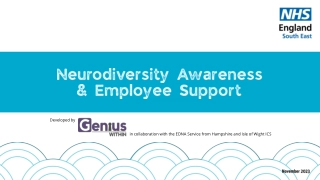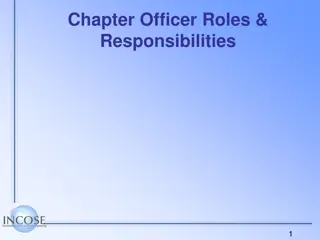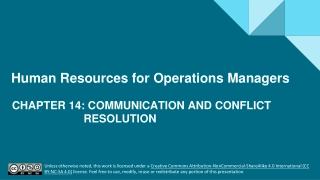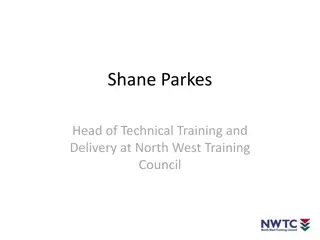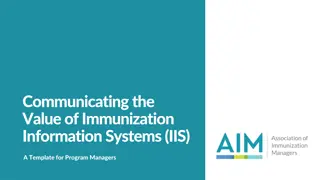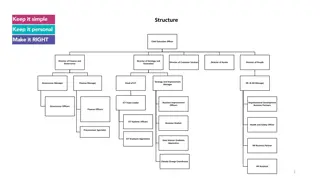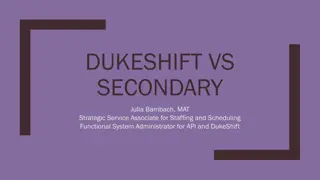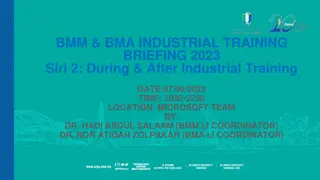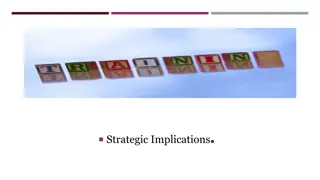Human Resources for Operations Managers CHAPTER 11: TRAINING
Learn about the importance of training in organizations, including employee orientation and developing training programs.
Download Presentation
Please find below an Image/Link to download the presentation.
The content on the website is provided AS IS for your information and personal use only. It may not be sold, licensed, or shared on other websites without obtaining consent from the author. Download presentation by click this link. If you encounter any issues during the download, it is possible that the publisher has removed the file from their server.
Presentation Transcript
Human Resources for Operations Managers CHAPTER 11: TRAINING Unless otherwise noted, this work is licensed under a Creative Commons Attribution-NonCommercial-ShareAlike 4.0 International (CC BY-NC-SA 4.0) license. Feel free to use, modify, reuse or redistribute any portion of this presentation.
Learning Outcomes Upon successful completion of this chapter, you will be able to: Explain basic legislation related to training in organizations. Describe employee orientation. Describe the steps in developing training programs.
11.1 The Business Case For Training I Training is undoubtedly one of the ways in which an organization achieves these goals. Having an effective training program allows Operations Managers to feel confident about the abilities of the employee they work with. Photoby geralt, Pixabay License
11.1 The Business Case For Training II Training: Not Like It Used To Be No longer do people sit in hot, stuffy rooms to get training on boring content. Training has become highly interactive, technical, and interesting owing to the number of multimedia we can use just think of the possibilities offered by Virtual Reality! Photoby Domenico Loia, Unsplash License
11.1 The Business Case For Training III Employee Training Training is the act of increasing the knowledge, skills, and abilities of an employee for doing a particular job. Organizations invest in training to make sure employees can perform their jobs effectively. Photoby Campaign Creators,Unsplash License
11.1 The Business Case For Training IV Training and Development Training- Refers to formal and planned efforts to help employees acquire knowledge, skills, and abilities to improve performance in their current job. Development- Refers to formal and planned efforts to help employees acquire the knowledge, skills, and abilities required to perform future job responsibilities and for the long-term achievement of individual goals and/or organizational objectives.
11.1 The Business Case For Training V Employee Orientation Employee orientation is the process used for welcoming a new employee into the organization. The objectives of employee orientation are as follows: To reduce start-up costs. To reduce anxiety To reduce employee turnover To save time for the supervisor and coworkers To set expectations and attitudes
11.2 Training Delivery Methods I Training Program Development Framework The framework for developing a training program are as follows: Needs assessment and learning objectives Learning Strategies. Delivery mode Budget Content. Timelines
11.2 Training Delivery Methods II Step 1: Needs Assessment & Learning Objective The first step in developing a training program is to determine exactly what the organization needs in terms of training. There are three levels of training needs assessment: organizational assessment, occupational (task) assessment, and individual assessment. A learning objective is what you want the learner to be able to do, explain, or demonstrate at the end of the training period
11.2 Training Delivery Methods III Step 2: Learning Strategies or the Psychology of Learning Learning strategies refer to techniques that have been proven to facilitate learning and increase the effectiveness of training programs. These strategies are based on known psychological processes to enhance the retention of learned material.
11.2 Training Delivery Methods IV Step 3: Delivery Mode Depending on the type of training that needs to be delivered, you will likely choose a different method to deliver the training. Photoby Austin Distel,Unsplash License
11.2 Training Delivery Methods V Step 4: Budget Training programs can be very expensive and HR managers are often required to have a detailed budget before implementing them. According to the 2017 State of the Industry report from the Association for Talent Development, organizations spend an average of $1,273 per employee for direct learning expenditures. Photoby Giorgio Trovato,Unsplash License
11.2 Training Delivery Methods VI Step 5: Content Development The content that HR managers want to deliver is perhaps one of the most important parts of training and one of the most time-consuming to develop. Development of learning objectives and content development go hand-in-hand.
11.2 Training Delivery Methods VII Step 6: Timelines For some types of training, timelines may be required to ensure the training is completed within a specified period of time. This is often the case for safety training. In other words, in what time frame should an employee complete the training? Photoby Eric Rothermel,Unsplash License
11.2 Training Delivery Methods VIII Measuring Training Effectiveness
11.3 Key Takeaways The importance of employee training in Operations Management cannot be overstated. Training demonstrates your compliance with legislation, your investment in people, and the importance of quality in your organization. The use of in-house or external trainers allows for flexibility. Making use of programs such as mentorship, on-the-job coaching or job shadowing allows employees to learn those with more experience in a safe environment. Don t forget to take a look at your new hire orientation program, it is your organizations opportunity to set the stage for a new hire s safety and success. An investment in people is truly an investment in your organizational success.
